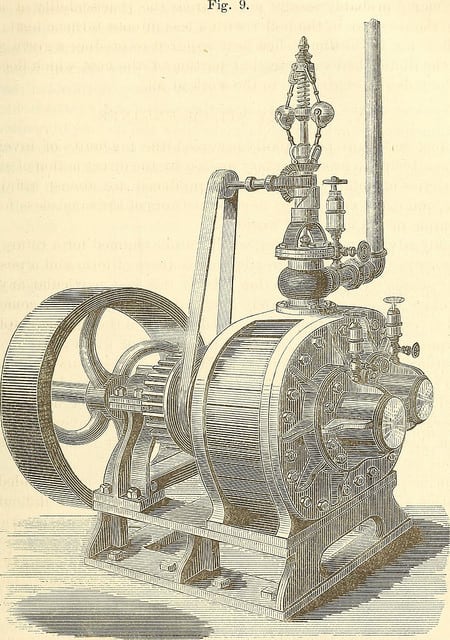
 The Convenient Use of MTBF
The Convenient Use of MTBF
Sometimes making an assumption is a good thing. You can achieve more with less. A well placed assumption saves you time, work, and worry. The right assumption may even be left unstated, it’s so good.
Have you ever assumed the failures for a system follow an exponential distribution? Did you assume tallying up the total hours and dividing by the number of failures was appropriate? Did you even check? (You don’t need to answer.)
The issue is assuming exponential allows you to quickly and easily state reliability. Just mention the MTBF and you’re done. Better is you run a test or two, and calculate MTBF. Maybe you even used an old parts count prediction method to predict the MTBF. Just a simple assumption here and there. When assuming the failures are random in nature, the reliability statistics become very easy.
Useful Assumption for Accelerated Testing
My favorite use of an well timed assumption is when designing an accelerated life test. Let’s say you have 20 samples and about 3 months to run a test. If all goes well you can test for 2,000 hours. For a product expected to survive 10 years, you will have to rely on some form of acceleration.
You know that you can use higher temperatures and achieve at least a 10x acceleration factor. Any higher and you’ll risk melting some key elements of the product. 20,000 hours is not the 5 years you had hoped to simulation, yet you’re limited by the physics of the materials and failure mechanism.
Wait a minute, if we assume the failure over the 5 years occur in line with the exponential distribution, we can use the memoryless aspect of the probability of failure, and simply tally the total hours run during the test, including the acceleration factor. Thus we have 20 sample, each run for 2,000 hours with a 10x acceleration factor, or 400,000 hours. If we do not have any failures or just one failure, this becomes an MTBF of 400,00 hours or approximately 45 years.
What a great assumption. Saved the day and we may even be able to shorten the test or reduce the number of sample.
We will just be quiet about the nature of the bearing wear-out mechanisms we expect to cause failures. And, we are glad to have not run the test for say, 4,000 hours as we know from field returns that is about the time the bearings start to fail. It’s alright, it was just an assumption.
If you or someone you know is making a similar assumption. Stop them. They are most likely misleading themselves and others based on a faulty assumption. Check your assumptions. Understand the failure mechanisms, and conduct the right test with as few assumptions as necessary, and only assumptions that are true.
Hi Fred, fully agreed – assumption are necessary and we need to know the consequenses using them. However, in the case above you are lucky because you know the bearing wear-out behaviour trhough field experinces. Things are more tricky when you do not have it e.g. louching a new product.
Thanks for the comment Julio, good point assumptions are necessary with new materials, designs, etc. Yet, really can be troublesome if not checked and rechecked.
Cheers,
Fred